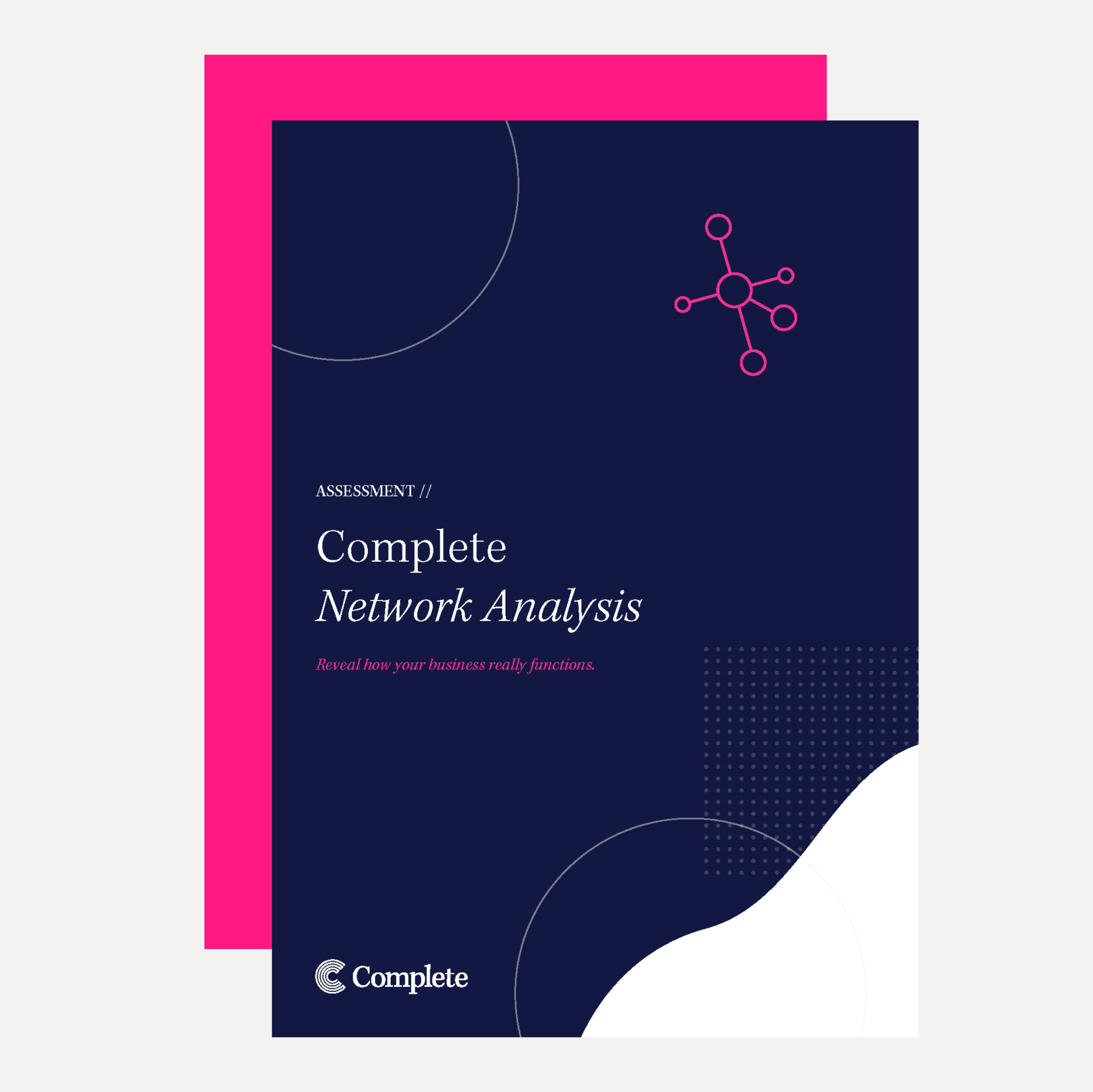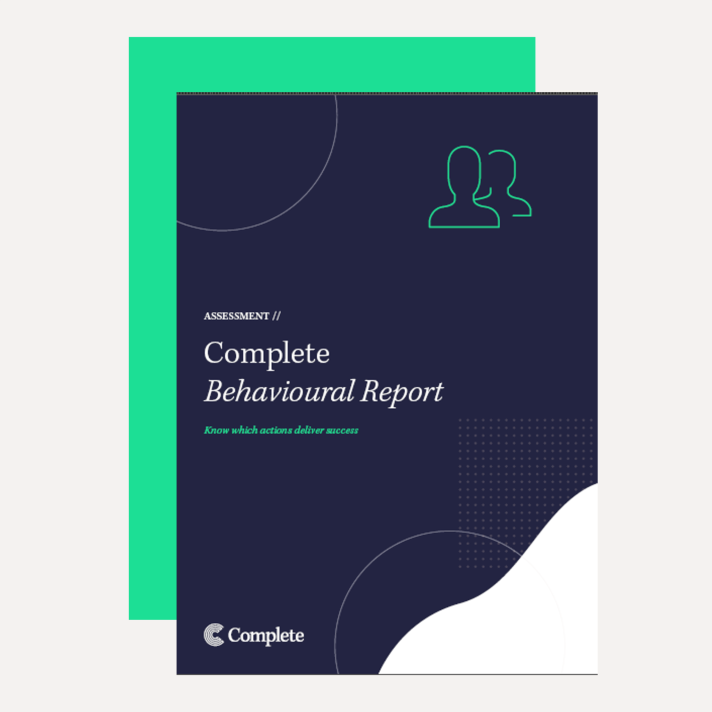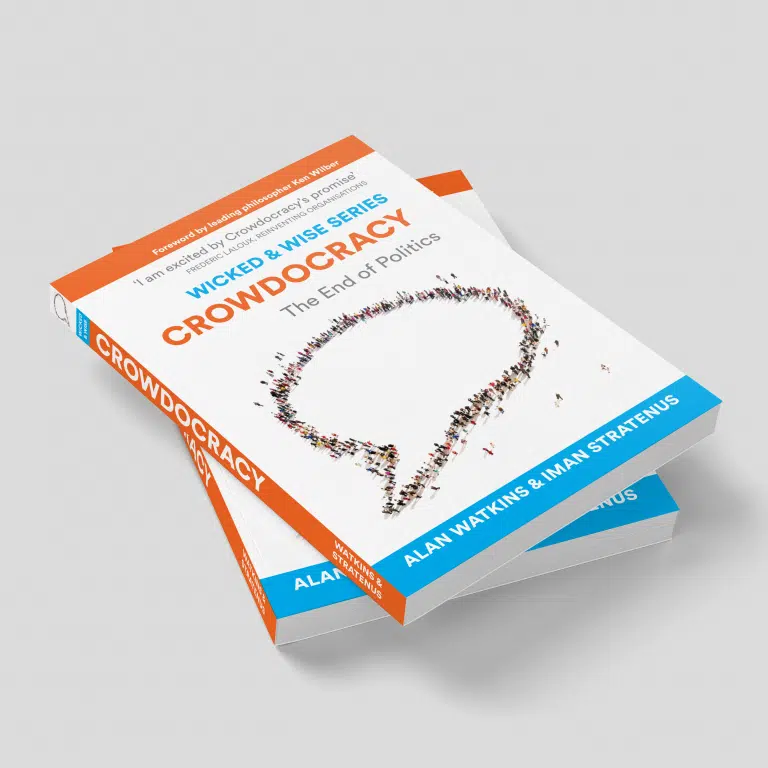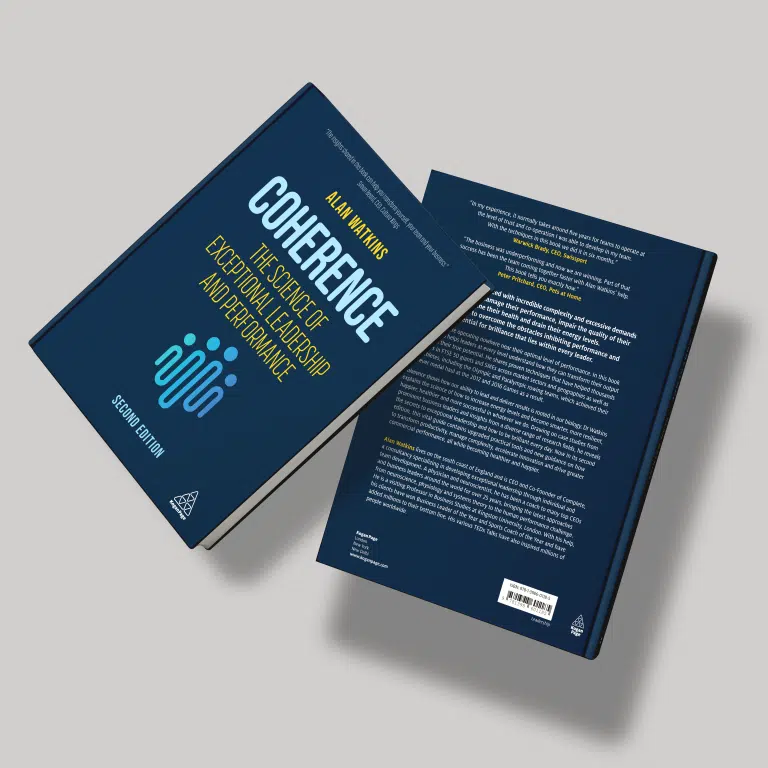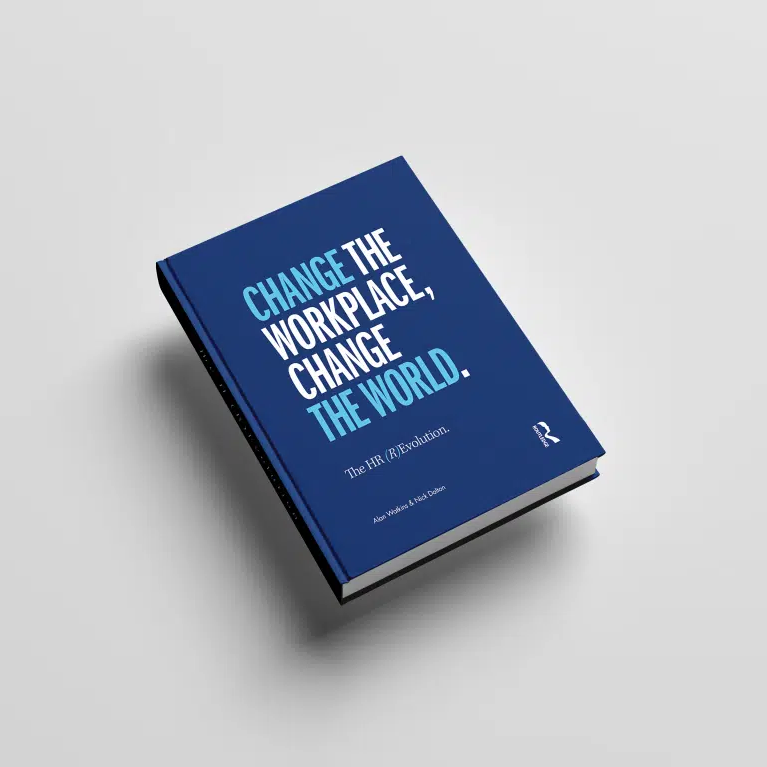Salvador Dali napped while holding a key. Igor Stravinsky did headstands. Dr Seuss wore crazy hats. Agatha Christie ate apples in the bath. And Japanese inventor, Nakamatsu Yoshirō, keeps himself underwater until just moments before death. What is the purpose of these bizarre and extreme rituals? One common objective: the pursuit of that most precious of gifts, the new idea.
Flashes of insight have been prized for millennia; just ask Archimedes, who was so inspired by a moment of discovery that he ran through town naked (a flash of a very different kind). Greeks attributed this type of inspiration to the Muses; Romans believed it came from genii; neuroscience suggests it’s born in the anterior cingulate cortex. Wherever fresh ideas come from, they are hot property and everyone wants them. According to the World Intellectual Property Organization, patent applications have increased annually since 2004 (except 2009), with more than a quarter of a million applications submitted last year alone.
In an increasingly crowded business landscape, it’s no surprise that there is also an increasing desire to own ideas that can help differentiate you from competitors. And, because they often involve significant investment of time and resources, patent filings are used as an indicator of progress in technological innovation. But, do they really count as innovation? When people speak about ‘innovative thinking’ or an ‘innovative approach’, their primary meaning is usually some combination of ‘clever’ and ‘new’. But, even though originality is a crucial part of innovation, it’s only half the story.
A new way of defining innovation
In their book, Innovation Sucks!, Dr Alan Watkins and Simon May argue that innovation is not the creation of a novel idea (that’s invention); instead, it’s the successful commercialisation of a novel idea. It’s a small distinction with massive consequences. Extending the definition of innovation to include commercial value changes how businesses measure the success of their innovation initiatives, judge individual and team performance, determine rewards, and set budgets.
This definition also calls into question traditional ways of innovating, which typically start with a bunch of good ideas that are whittled down and refined until one or two prototypes are left to test in the market. At that point, the innovation journey is usually deemed to be complete and everyone goes back to the beginning to start on the next invention. But, according to Watkins and May, if the prototype products or services can’t be successfully commercialised they don’t qualify as innovation, they’re more like very expensive and time-consuming R&D. If you really want to drive innovation, you need to start with the solution.
Come again? For our innovation process to be considered a success we need to know how it ends before we even start? How can that be?
Good question, but I think an even better one is ‘How can that bee?’
A different type of thinker
From an early age, we are trained to think of the world in terms of generalists – those with broad knowledge of many different subjects – and experts – those with deep knowledge in one specific subject. In the earlier years of primary school we usually have one teacher – a generalist – to teach us all subjects, but as we get older and move to high school and beyond, our teachers and lecturers become increasingly specialised, working in their area of expertise. We see this pattern in medicine, too, with a distinction between general practitioners and specialist consultants, while in business it’s routine to find general managers co-ordinating the efforts of functional experts.
Generalists are seen as valuable to innovation because they are able to connect the dots between different fields or applications and identify opportunities for novel solutions. Experts, on the other hand, are familiar with the detail needed to make qualified judgement calls on the viability of new ideas. Both have a role to play, but they each have downsides too.
The world is growing more complex by the day and generalists seldom have the depth of knowledge needed to interpret and solve wicked problems. Experts, on the other hand, can get lost in the detail. The very act of becoming an expert requires the exclusion of other areas of attention. As your focus becomes deeper and more granular, you become increasingly absorbed in the particulars, often at the expense of the bigger picture. Experts also run the risk of seeing the world through the lens of their specialism; this was abundantly clear during the height of the pandemic when we watched virologists, epidemiologists and economists – all highly qualified experts in their respective fields – argue about what needed to be done.
So, generalists tend to lack depth of knowledge, while experts lack breadth – which type of thinker, then, is more valuable for innovation? The answer, of course, is both. Or neither. Because the missing ingredient in 21st century innovation is a third type of thinker altogether: the integrator.
The honey bee integrator
Integrators have a networked awareness that sees the connections between seemingly unrelated fields. But they also combine this with sufficient depth of knowledge in each of those fields to identify the opportunities that offer maximum potential. That makes them critical to bridging the gap between generalists and experts. Integrators are known by many different names, like polymath,maverick, nexialist, or neo-generalist, but in Innovation Sucks!, Watkins and May propose a new title: the bee (a honey bee, to be precise).
If we think of a collection of specialists as a ‘meadow of experts’ the bee approaches innovation by visiting each flower in the meadow to harvest knowledge. The bee has enough expertise of her own to know how deep to drop into any area without becoming an expert, while maintaining a broad enough view to unlock hidden connections between different domains.
Then, that variety of specialist knowledge is stored, integrated and processed in the hive (the bee’s mind) to produce novel solutions with high potential. This is really what defines bees: they don’t just collect information and reformat it, they possess the alchemical ability to integrate existing knowledge and convert it into something brand new and valuable. And they’re doing this all the time.
That’s how they’re able to start innovation with the solution. In a traditional innovation process, the team can spend loads of time and resources understanding a problem from multiple angles, effectively trying to build in-house expert knowledge. But through their deep, matrixed view of the world, bees are able to skip much of this work. It’s likely they already know how the pieces of the puzzle fit together and, if they need more data, they know exactly who to ask.
When a bee proposes an innovation it is not usually an idea, it is far closer to being a fully formed outcome – a solution. Through quick prototype iterations, that solution can have its first test in the market within weeks or months, instead of the years of development usually required to get an invention through the innovation funnel. That doesn’t mean everything the bee suggests will be a commercial success, but it does mean the most costly and time-consuming parts of the innovation process can be skipped.
Where are all the bees?
The good news is polymathic thinkers like bees already exist in many organisations, even though many of them are misunderstood or trapped in roles that don’t tap into their full potential. There are also good reasons to believe we’ll see more and more of them in the future workforce. But identifying and working successfully with bees require different ways of thinking, even different models of employment, from what most businesses are used to.
As well as their exceptional pattern recognition and their natural ability to make meaningful connections, there are other qualities that usually make bees stand out:
- They are voracious consumers of knowledge and information
- They are often uber-connectors with vibrant and cross-pollinated social and professional networks
- They like to share their knowledge and use that interaction as a way of building even greater understanding
- They tend to be charismatic with influential communication and negotiation skills
- They are often great storytellers, but also deep listeners
- They trust their intuition and are happy to go against the flow, which is why they are often seen as outliers, especially in traditional organisations
- They feel comfortable with disruption
Of course, not all bees display all of these qualities, nor is this list exhaustive. So, if you’re hoping to identify and empower the bees in your business, techniques like network analysis have far more precision than a search with the naked eye. Based on complex social network theory, network analysis technology looks at the connections between people and the patterns of interaction that drive the business.
The Complete Network Analysis tool, for example, delivers powerful insights into what really makes a company tick – information that cannot be accessed by looking at an organigram. By analysing functional, social and strategic networks, it’s possible to see who the hubs of knowledge transfer are and who is good at stretching others’ thinking and energising them to action. These are not necessarily the most senior people in the business, or even the most popular, but they are most often the connectors, the change agents, the innovators. The bees.
In running these analyses in businesses across multiple industries and geographies, we have found that most leadership teams are only aware of about 50 per cent of the innovators within their business. Network analysis can help change that, just by looking at the way bees connect to others or metaphorically buzz around the internal meadow of experts. And, when we combine this information with qualitative data, we get a sophisticated picture of who needs to be developed and where. By helping bees fly, the business flies too.













